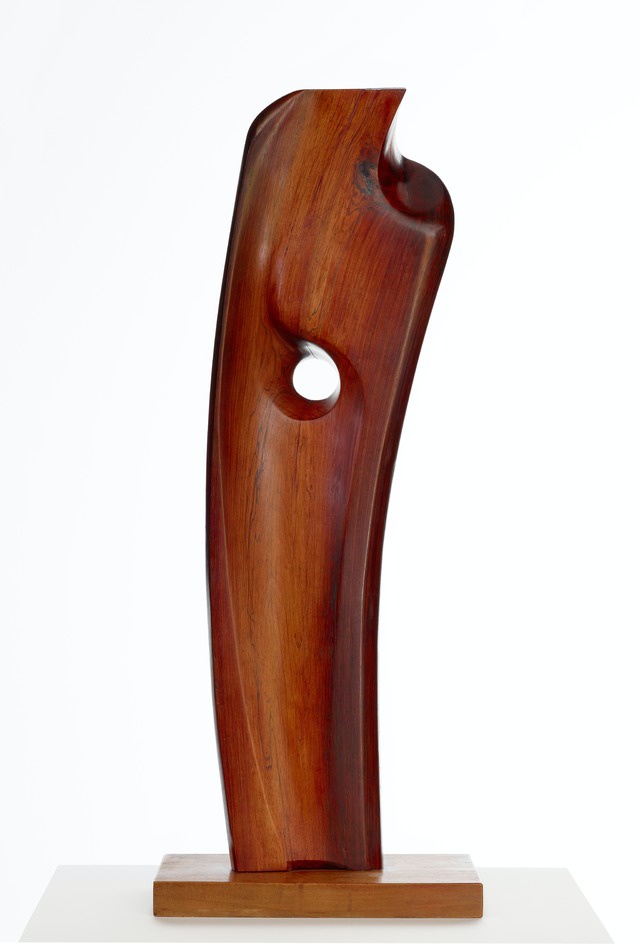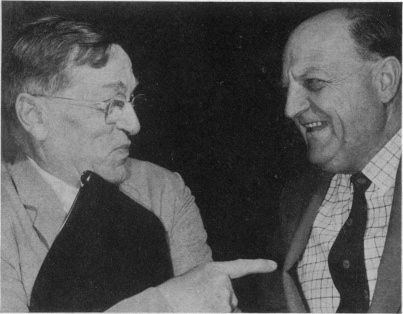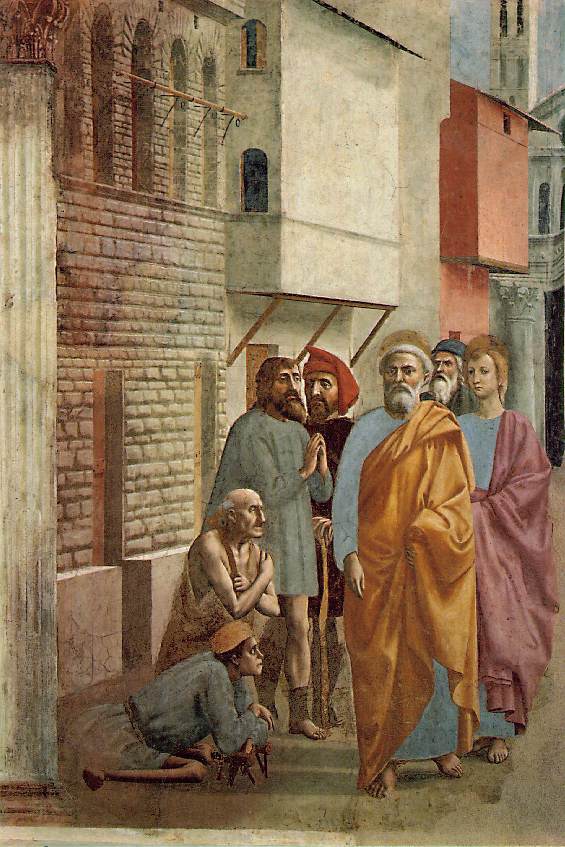InSight considers a poignant work of angelic humanist art by a titan of the modernist movement in Britain—Barbara Hepworth.
InSight No. 140
Barbara Hepworth | Preparation, 1949

Between 1947 and 1949, Barbara Hepworth (1903—1975) made a cycle of pictures representing surgeons and hospital operations. Most consisted of firm and graceful line drawings in graphite pencil underpinned by limpid washes of thinned oil paint. She frequently juxtaposed warm and cool colours, often pale orange and pale turquoise, which she applied in layers to create richly colourful glazes. Whether showing only surgeons, surgeons and their patients, or a detailed focal point of the operation itself, Hepworth’s pictures are suffused with the lambent glow created by an intelligent layering of colour and textured white paint. In all cases, there is an atmosphere of calm elation and angelic purpose.

These works came to be known as the ‘hospital drawings’, an appellation that little suggests their painterly richness and accretions of texture. Their materials defy categorisation, as in the case of Hepworth’s other two-dimensional work, while their naturalistic imagery marked a decisive break from the purity of abstract forms that had dominated Hepworth’s output in preceding years—and her contemporaneous sculpture likewise leaned tellingly towards anthropomorphism, as with the bodily sense of torsion in Rhythmic Form. The process of making the hospital drawings began with life studies in the operating theatre, to which Hepworth was initially invited in 1947 by her friend the surgeon Norman Capener. They had met after Hepworth’s daughter Sarah was hospitalised with osteomyelitis in 1944. Over the next two years, she witnessed procedures at the Princess Elizabeth Orthopaedic Hospital in Exeter and, in London, the National Orthopaedic Hospital and the London Clinic.

Capener was a specialist in hands and joints and several of Hepworth’s hospital drawings depict operations of this kind. In 1952, she described the special poignance of a surgeon’s precise, alert hand movements interacting with the inert, unconscious hand of a patient. It was to her ‘[a] particularly beautiful example of the difference between physical and spiritual animation’. Regarding the coherent formations of surgeon, nurses and orderlies, Hepworth referred to ‘the extraordinary beauty of purpose and co-ordination between human beings all dedicated to the saving of life’.

Preparation depicts the recumbent form of a patient surrounded by four medical staff—the surgeon to the right, two nurses or orderlies to the left and an anaesthetist whose hands hold a mask to the patient’s mouth at the lower left-hand corner of the image. The patient is viewed from behind the head and the length of their swathed figure rests on an operating table stretching diagonally upwards across the picture. The patient’s unconscious state is made apparent by a remarkable sense of physical lightness, even weightlessness, in strong contrast to the alert, beatific figures around them. This picture depicts a hip operation and a closely related work was titled Smith-Petersen Pin—a reference to the surgical nail used to stabilise fractures. Notwithstanding the forward-looking aspect of these and other hospital drawings, illuminated as they are by the reflected glow of human progress, Hepworth’s treatment of draperies and use of monumental figure types are indebted to art of the past. Similarities to the work of Andrea del Verrocchio and Masaccio, most especially stiff swathes of bunched drapery, are strongly apparent.

In 2012, The Hepworth Wakefield held its first exhibition of work by the gallery’s namesake. The Hospital Drawings was the first comprehensive overview of these works and raised them to the attention of a new audience. Writing in The Guardian, Jonathan Jones felt compelled to ‘rediscover’ Hepworth and further described how the pictures ‘have the gripping quality of TV medical dramas.’ Speaking in 1953, the artist described being in an operating theatre for the first time and how she was ‘entirely enthralled by the classic beauty of what I saw there’. In her synthesis of that ‘classic beauty’ with the acutely modern aspect of her subject, Hepworth created an art of rare quality and historical moment. In it, she simultaneously captured and transcended the moment of its creation.
Images
1. Barbara Hepworth, Preparation, 1949, oil and pencil on board, 36.8 x 52.1 cm
2. Barbara Hepworth, Rhythmic Form, 1949, British Council Collection © Bowness
3. Norman Capener (left) with John Jens
4. Masaccio, St Peter Healing the Sick with his Shadow, 1426-27, Brancacci Chapel, Santa Maria del Carmine, Florence
5. Barbara Hepworth, The Child's Hand, 1948, Philadelphia Museum of Art © Bowness

